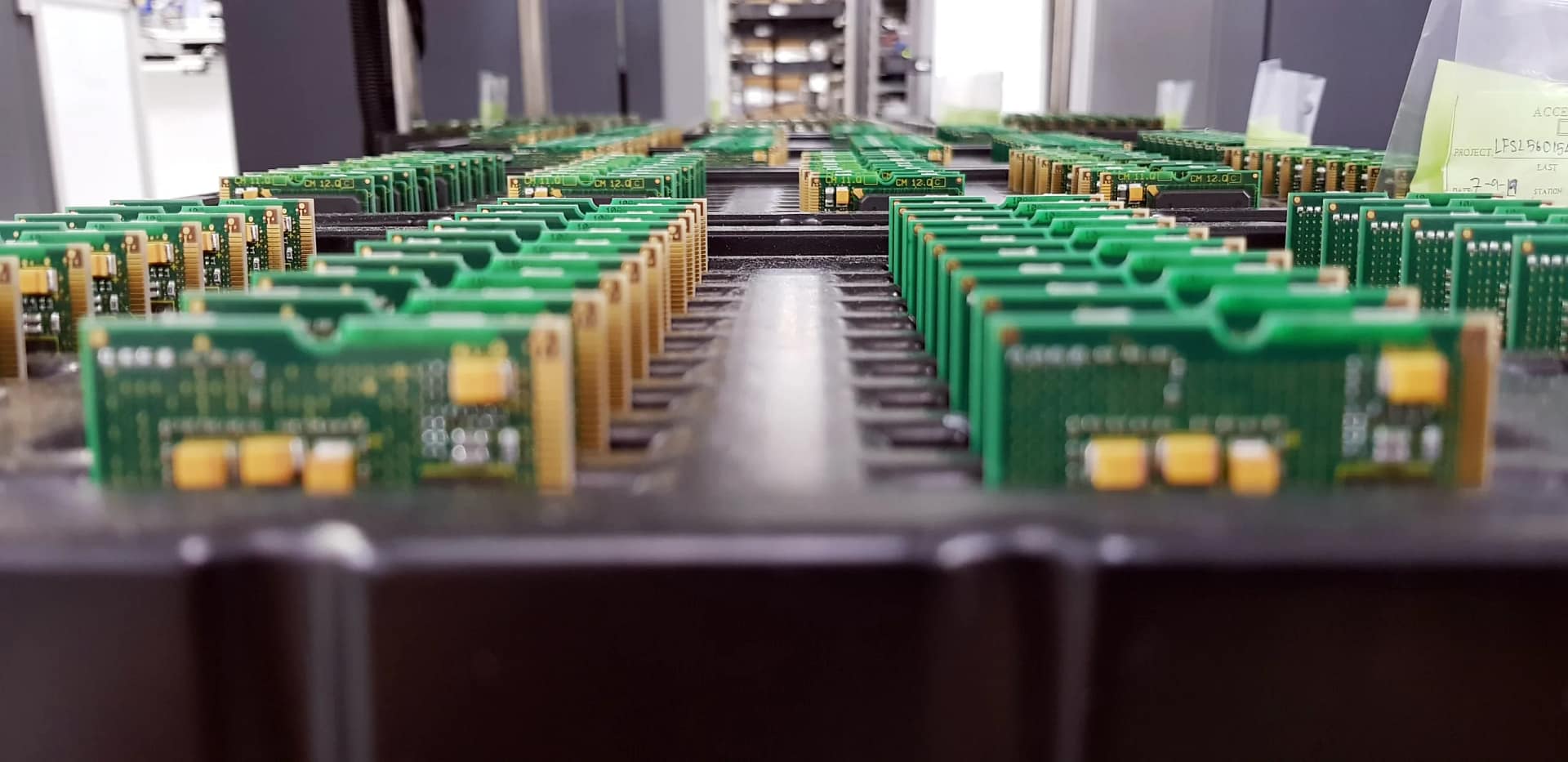層: 6 レイヤー
厚さ: 1.6mm
材料: Ro4350B+FR4
Surface finished: ENIG2u”


無線システムの内蔵機能の増加に伴い, 小さいサイズの需要, 低コストのプリント回路アンテナが増加中, Bluetooth をサポートする必要がある携帯電話など, セルラー操作, 全地球測位システム (GPS) およびその他の機能. デバイスに含まれる複数のセルラー通信帯域にいくつかの異なるタイプのアンテナが利用可能. セラミック基板材料の高い誘電率により、, アンテナは通常、アンテナが占めるスペースを減らすためにセラミック基板材料上に製造されます。. ro4350b の低コスト アンテナ, Rogersの典型的なラミネート. 開発中のポータブル電界強度計のRFおよびデジタル電子部品用, ro4350b材料で作られたアンテナが占めるサイズとスペースはセラミック基板上のものと同じです.
Rogers ro4350b PCB 材料は強化ガラス炭化水素です / FR-4基板材料上に低コストのプリント回路と同じ方法で加工できるセラミック材料を使用. の誘電率があります 3.48 で 10 GHz, そのため、高周波パワーアンプの設計によく使用されます。. ro4350b ラミネートは熱膨張係数が低い (CTE) Z軸に沿って, これにより、メタライズされたビアによって相互接続された多層回路の高い安定性が保証されます。 (PTH).
リアルプロジェクト表示:
Rogers RO4350Bは、誘電率を持つ炭化水素/セラミックラミネートです 3.48.
利点:
1. 低いDKは温度で変動します
2. 低Z軸熱膨張係数
3. 低い内部膨張係数
4. 低DK耐性
5. さまざまな周波数での安定した電気特性
6. FR4の大量生産と多層混合に簡単です, 高コストのパフォーマンス.
Rogers RO4350B PCB
RF/マイクロ波PCBアプリケーション
無線周波数のPCB印刷回路基板(RF PCB) PCB業界ではますます使用されている技術です.
上記の作品を備えた高頻度のRF PCB 100 MHz.
上記の作品を備えたマイクロ波PCB 2 GHz無線周波数.
RF-PCBは、リモートコントロールなどのさまざまなアプリケーションで使用されます(ワイヤレスコントロール)安全,スマートフォン,センサーなど.
新しいテクノロジーは、これらのRFアプリケーションをますます多く使用します.
これは、高品質の基準に従って製造を要求し、アプリケーションに応じて適切なRF材料を選択する.
さまざまな材料の特性を知ることが重要です。適切な材料を選択することは、おそらく RF PCB の製造プロセスにおいて最も重要な決定です。.